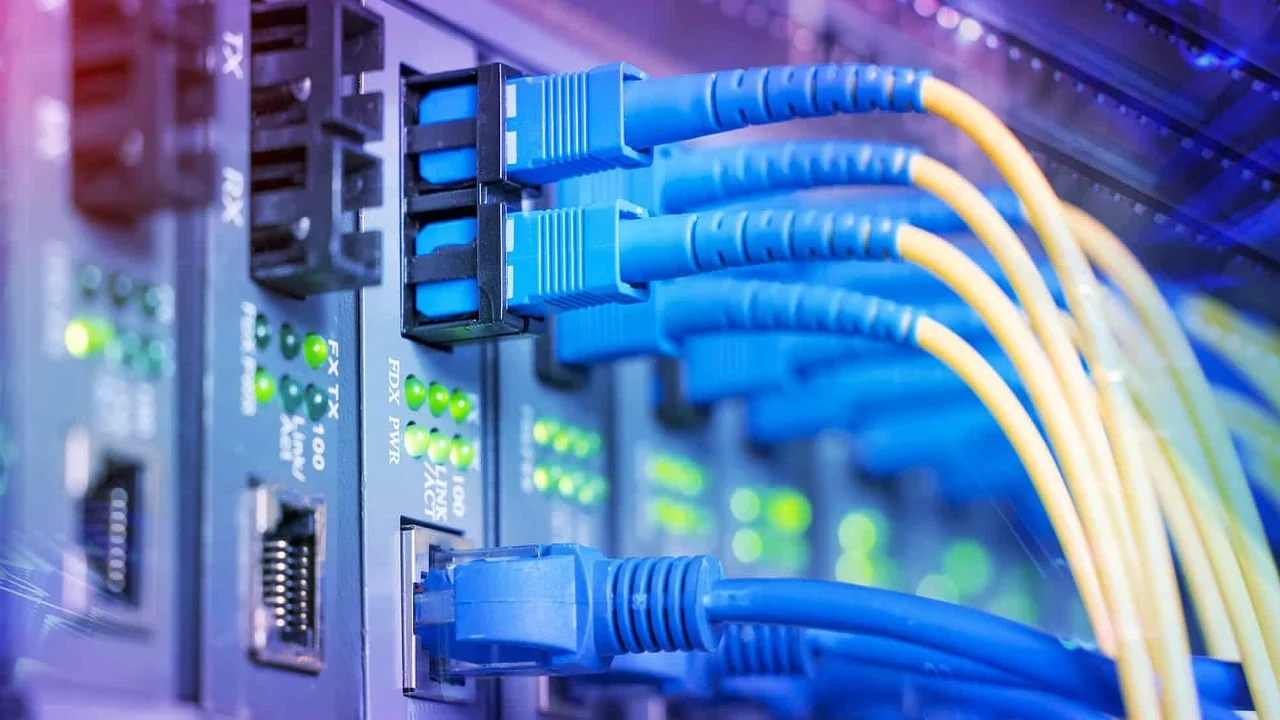The Pakistan Telecommunication Authority has decided to develop unified guidelines and a framework for installing and maintaining Outside Plant Code (OSP) and In-Building Cabling Standards to ensure compatibility, reliability, and future-proofing of telecommunication infrastructure through better telecom cableing standards.
The growing complexity of networks, coupled with the need for sustainability, scalability, and compliance with safety regulations, calls for updated and comprehensive guidelines that integrate both OSP and in-building cabling.
PTA has initiated the process of consultation on the draft guidelines and framework.
The rapid evolution of telecommunications and data networks necessitates the development of robust standards for both Outside Plant (OSP) and In-Building Cabling systems. OSP refers to the infrastructure that connects telecommunication networks from central facilities to end-user premises, encompassing components such as underground conduits, aerial cables, and fiber optics.
In-Building Cabling ensures seamless connectivity within buildings through structured cabling systems that support voice, data, and video communications. The increasing reliance on high-speed internet, smart buildings, and IoT devices has highlighted the critical role of these systems in modern infrastructure.
Objectives
The objectives of this consultation process, which includes Outside Plant Code and In-Building Cabling Standards, are as follows:
- Develop unified guidelines for installing and maintaining OSP and In-Building Cabling systems and streamlining installation processes
- Align with international standards to ensure global compatibility.
- Address safety concerns for Outside Plant and in-building cabling
- Ensure environmental protection in OSP installations by adopting eco-friendly practices.
- Ensure scalability to accommodate future advancements in telecommunications and design flexible systems that can adapt to evolving network demands without significant overhauls.
- Optimize cable management within buildings through structured cabling practices like clear labeling, documentation, and adherence to bending radius limits, etc.
- Involve key stakeholders such as telecommunication providers, architects, engineers, contractors, and end-users in shaping the standards.
PTA has prepared a draft OPC outlining the standards and specifications for telecommunications ducts and related infrastructure.
M/s Nayatel and M/s PTCL (PTA’s licensees) submitted a document titled Digital Connectivity Infrastructure (DCI) to the Pakistan Engineering Council (PEC) in 2024. This document includes standards for in-building telecommunications cabling and has been reviewed by PTA for compliance with Clause 7.3 of TP 2015.
Scope of Outside Plant Code
The Outside Plant Code (OPC-2025) standards apply to all OSP installations in new developments, including new roads, footpaths, railway tracks, and their reconstruction. These standards do not change any obligations imposed by other administrative authorities. Installations along roads, highways, and railway tracks shall strictly observe the requirements set by the relevant authorities having jurisdiction. Therefore, all installations must align with the provisions and guidelines established by these concerned authorities. OPC-2025 serves as an essential reference for developers, operators, local authorities, and regulatory bodies, ensuring a standardized approach that promotes sustainable development in the telecommunications sector.
The OPC-2025 includes guidelines for the design, planning, and integration of OSP infrastructure, covering cables, ducts, manholes/handholes, street cabinets, and equipment chambers. It establishes standards for installation practices such as trenching, cable placement, underground installation, testing, and quality control. The code also outlines safety protocols for installation and maintenance, along with environmental protections for OSP infrastructure. Additionally, it provides guidelines for infrastructure sharing, promoting multi-stakeholder collaboration and efficient resource utilization.
Scope of In building Cabling Standards
The In-Building standards apply to the design, operation, and maintenance of buildings and building clusters with a construction area of 1,500 square meters or more, covering existing, new, and modified installations. These standards shall be adopted by the owners of such buildings, both public and private. The code defines technical standards for in-building physical infrastructure, guiding consultants, developers, contractors, and building owners in designing and installing telecommunications networks. It ensures compliance with global best practices, particularly for fiber broadband and cellular services, fostering resilient and future-ready infrastructure in new developments.

